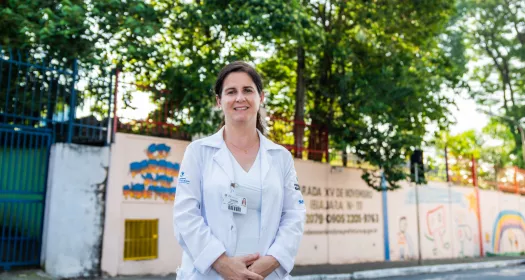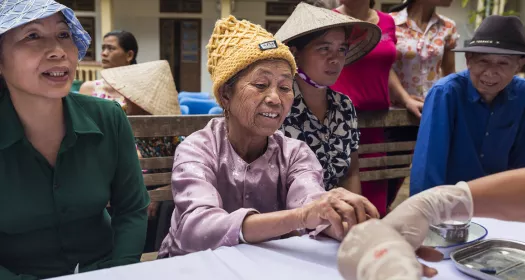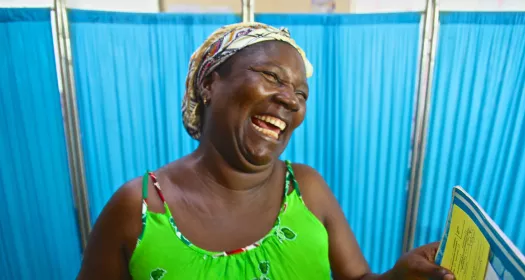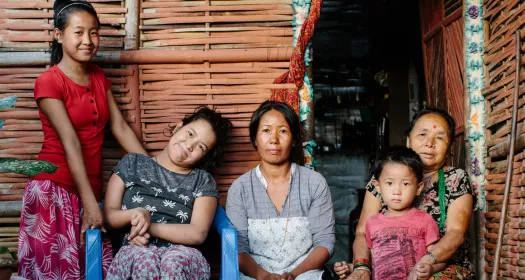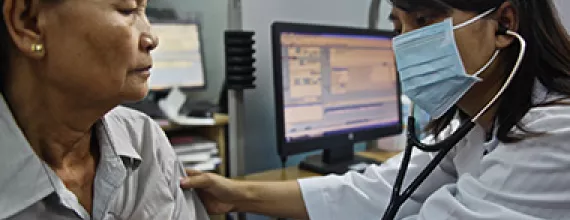Health authorities and decision makers need to reimagine the way health and care are delivered to accelerate the detection of cardiovascular (CV) risk factors, access to treatment and follow-up. Besides standardizing guidelines and creating care algorithms, as well as digitizing healthcare and data collection, innovations must include new ways of delivering health services to people. Bringing health and care closer to where people live, work and play calls for new partnerships. Non-health actors can significantly expand access to early detection of CV risk factors outside the traditional health system when trained and equipped to deliver health information and conduct screening. Simple measurement tools, such as Bluetooth-enabled blood pressure (BP) meters, can ensure that people screened as positive are automatically referred to the health system for follow-up. Maximizing screening opportunities outside the health system, such as in pharmacies, supermarkets, small shops, beauty salons, barbershops, post offices, or at home, alleviates the burden on the health system and frees up capacity for health workers. These partners can also be engaged in the long-term follow-up of patients under treatment.
At the same time, health systems should take every opportunity to screen individuals for CV risk factors when they visit health services – regardless the reason – for instance by offering screening corners in primary health centers. Local events and people gatherings can also provide opportune moments to screen.
Further, city health authorities should work with partners from the education sector or workplace to disseminate health information on the benefits of physical exercise, healthy nutrition and early detection of cardiovascular risk in schools and workplaces.
